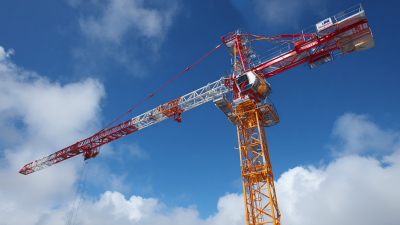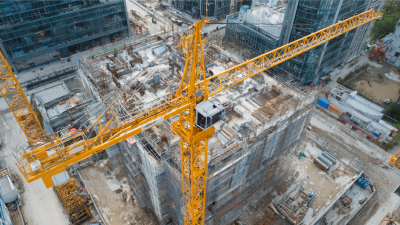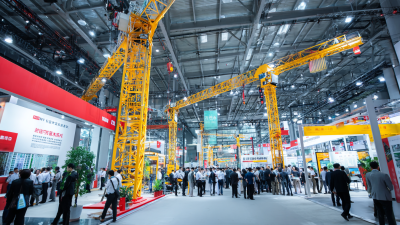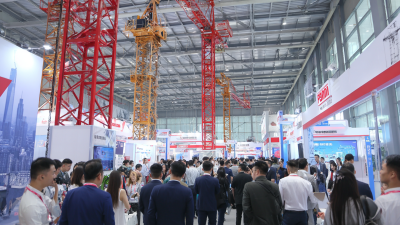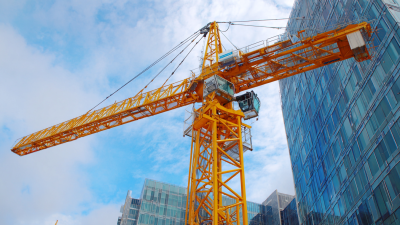As the construction industry continues to evolve, the demand for more efficient and innovative machinery has never been greater. Among the forefront of these advancements is the Potain Tower Crane, a symbol of modern construction technology. According to a recent report from the International Cranes and Specialized Transport (ICST), the global tower crane market is projected to grow significantly, driven by urbanization and the rise of megaprojects. Potain Tower Cranes have integrated cutting-edge features such as advanced control systems and enhanced safety mechanisms, positioning them as a crucial element in skyscraper construction and large-scale infrastructure projects. Their ability to lift heavy loads while maintaining stability and precision showcases the incredible strides in engineering that cater to the growing complexities of today's construction demands. This article will explore the innovative technologies and design strategies behind Potain Tower Cranes, providing insights into how they are revolutionizing construction practices around the world.

The evolution of tower crane designs, particularly those by Potain, has significantly transformed the construction industry, leading to enhanced efficiency and productivity. Innovative engineering solutions have paved the way for cranes that not only lift heavier loads but also operate with increased precision and safety. These advances are crucial as construction demands grow and urban landscapes evolve, requiring cranes that can adapt to various environments and project scales.
As we look towards the future, particularly the anticipated construction trends of 2050, these innovations will play a pivotal role in shaping the industry. With the integration of artificial intelligence in design and operations, tower cranes will likely become more autonomous, offering real-time feedback and data analysis to optimize lifting operations.
Furthermore, as construction processes become more sustainable, manufacturers are likely to focus on eco-friendly materials and energy-efficient designs, reflecting the industry's shift towards greener practices. The Indian construction sector exemplifies this trend, showcasing rapid growth driven by advancements in crane technology, which are set to influence global standards in the years to come.
The construction industry is witnessing a transformative shift with the integration of smart technologies like the Internet of Things (IoT) and automation in tower cranes. According to a report by Mordor Intelligence, the global construction equipment market is projected to grow at a CAGR of 4.5% from 2021 to 2026, driven in part by advancements in crane technology.
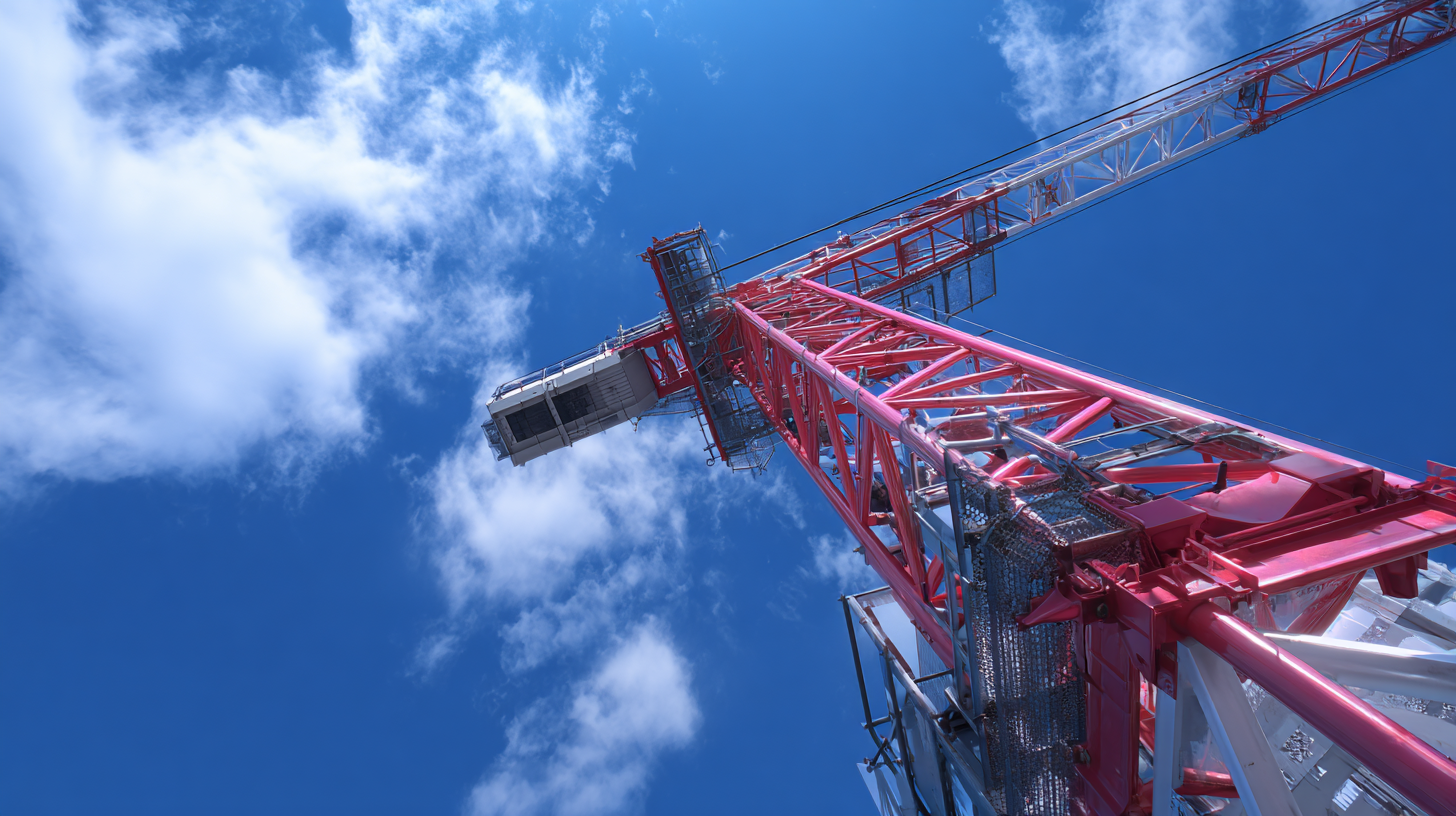 Potain cranes, known for their ingenuity, are now equipped with IoT sensors that provide real-time data monitoring, improving operational efficiency and safety on construction sites. This connectivity enables project managers to optimize lifting operations, reducing downtime and costs significantly.
Potain cranes, known for their ingenuity, are now equipped with IoT sensors that provide real-time data monitoring, improving operational efficiency and safety on construction sites. This connectivity enables project managers to optimize lifting operations, reducing downtime and costs significantly.
As automation progresses, tower cranes are becoming increasingly autonomous. With features such as automatic load sensing and optimized routing, they minimize human error and enhance productivity. A study by Markets and Markets estimated that the construction industry could save up to 20% in operational costs by fully embracing automation technologies. Smart tower cranes not only streamline processes but also allow for remote management, leading to better resource allocation and project timelines.
Tip: To maximize the benefits of smart technologies in tower cranes, ensure regular training for your crew to familiarize them with new systems. This investment in human capital can enhance the overall efficiency of your operations.
Tip: Consider integrating a predictive maintenance schedule powered by IoT data analytics. This can help in anticipating malfunctions before they occur, reducing downtime and maintenance costs.
In the realm of modern construction, Potain tower cranes have emerged as a cornerstone of efficiency, helping projects reach new heights in productivity. With the integration of advanced technologies, these cranes not only streamline operations but also offer real-time data insights that empower project managers to make informed decisions swiftly. For instance, data analytics capabilities allow teams to track material lifting times and optimize workflows, significantly reducing downtime and enhancing overall project timelines.
Tip: When utilizing Potain cranes, ensure your team is trained to leverage the digital tools available. Familiarity with these technologies can help minimize errors and improve communication on-site, making operations run smoothly.
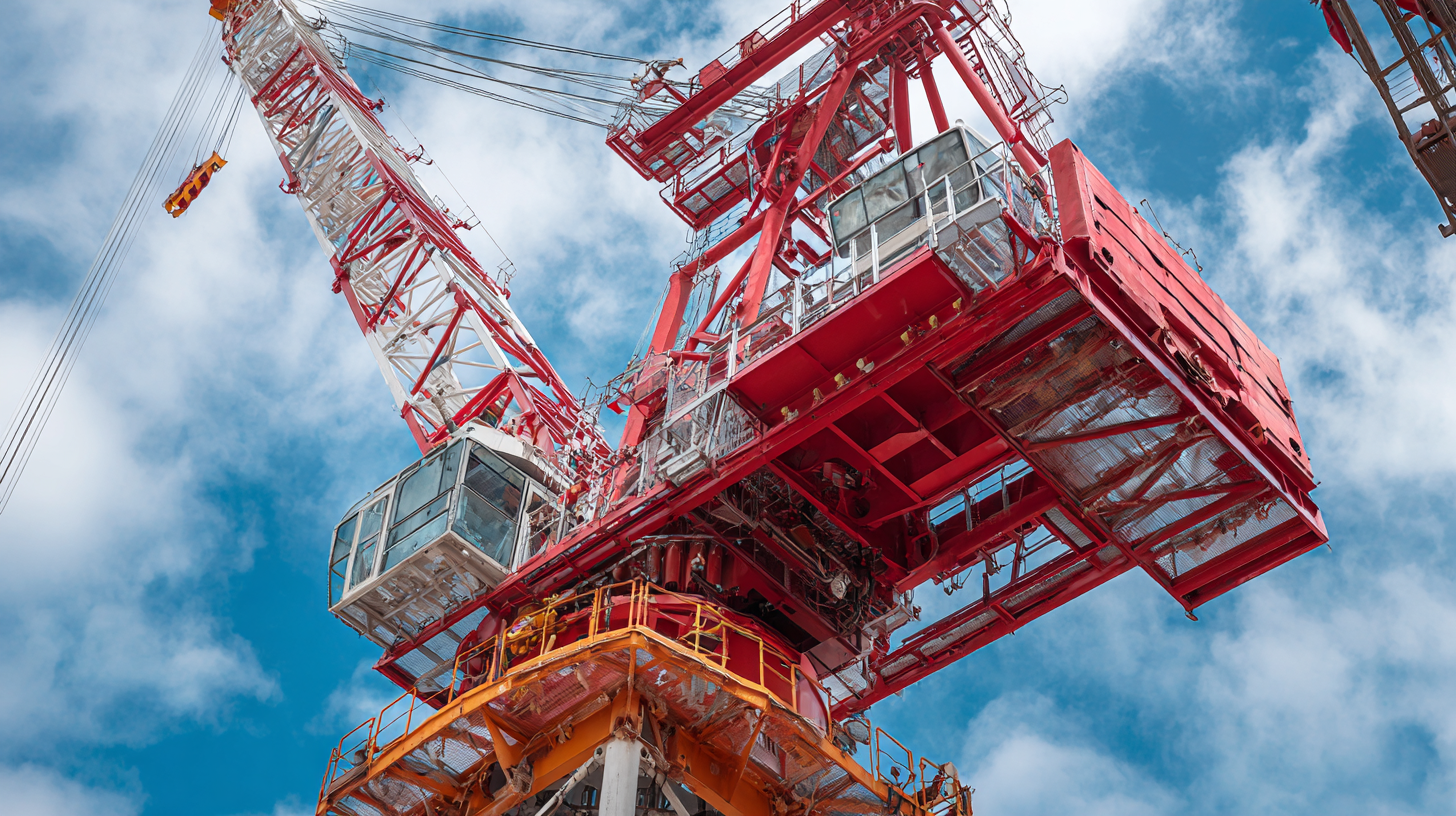
The recent collapse of a crane in Nanjing, China, that nearly resulted in the death of a construction worker highlights the critical need for ongoing safety innovations in the construction industry. Such incidents underline the inherent dangers associated with tower cranes, particularly as construction projects rise to ever-greater heights. In this context, enhancing worker protection and site security has become paramount. According to a report by the National Institute for Occupational Safety and Health (NIOSH), about 80 construction worker fatalities are attributed to crane-related accidents each year in the United States alone. This statistic emphasizes the need for stringent safety regulations and innovative measures to prevent such tragedies.
In British Columbia, industry leaders and organizations are addressing crane safety with proactive strategies. WorkSafeBC has introduced a new instructional bulletin aimed at refining slinging methods, a crucial step toward mitigating risks associated with crane operations. The implementation of comprehensive supervision plans for provisional tower crane operators is another critical initiative, ensuring that trainee operators are guided and supported throughout their development. As noted by the Canadian Occupational Safety magazine, these measures, combined with ongoing training and awareness programs, are vital in decreasing the frequency of crane accidents and enhancing the overall safety culture within the construction sector.
Potain tower cranes are at the forefront of sustainable construction practices, significantly impacting the industry’s efforts to reduce carbon footprints and minimize resource waste. According to a report by McKinsey, the construction sector is responsible for nearly 38% of global carbon emissions. Innovative technologies used in Potain cranes, such as their advanced control systems and efficient power management, help to optimize energy consumption on site. This is critical, as switching to electric and hybrid crane models can cut emissions by up to 40%, contributing to greener construction processes.
Furthermore, Potain cranes are designed to enhance material efficiency. A study from the World Economic Forum indicates that by adopting more efficient machinery, the construction sector could reduce waste by as much as 30%. Potain’s innovative features, including their ability to lift heavier loads with less energy and their modular design that reduces assembly waste, exemplify how construction technology can align with environmental goals. These advancements not only lower operational costs but also promote a circular economy within construction, positioning Potain cranes as a pivotal tool in achieving sustainability targets on job sites worldwide.
